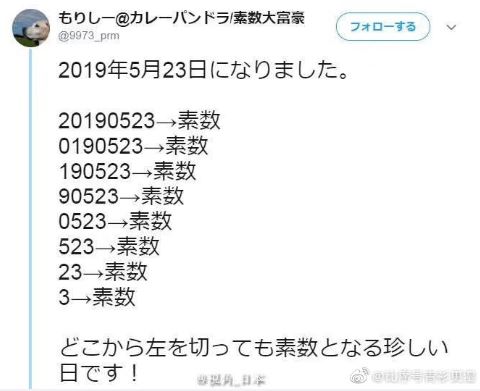A reversible prime in any number system is a prime whose “reverse” in that number system is also a prime. For example in the decimal system 73 is a reversible prime because its reverse 37 is also a prime.
Now given any two positive integers () and (), you are supposed to tell if is a reversible prime with radix .
Input Specification:
The input file consists of several test cases. Each case occupies a line which contains two integers and . The input is finished by a negative .
Output Specification:
For each test case, print in one line Yes if is a reversible prime with radix , or No if not.
Sample Input:
73 10
23 2
23 10
-2
Sample Output:
Yes
Yes
No
#include<iostream>
#include<algorithm>
#include<math.h>
using namespace std;
//N在10进制下是质数,N经过D进制转换后的数在10进制下也是质数
bool isprime(int n) {//判断素数
if (n <= 1)return false;
for (int i = 2; i <= sqrt(n); i++) {
if (n % i == 0)return false;
}
return true;
}
int main() {
int N;
int D;
while (cin >> N >> D) {
if (N < 0)break;
if (!isprime(N)) {
cout << "No" << endl;
continue;
}
int temp = N;
int reverse[100];//置换中间数
int index = 1;
while (temp >= D) {
reverse[index] = temp % D;
temp = temp / D;
index++;
}
reverse[index] = temp;
int re_prime=0;
for (int i = 1; i <= index; i++) {
re_prime = re_prime + reverse[i] * pow(D, index - i);
}
if (!isprime(re_prime)) {
cout << "No" << endl;
continue;
}
cout << "Yes" << endl;
}
}


最新评论